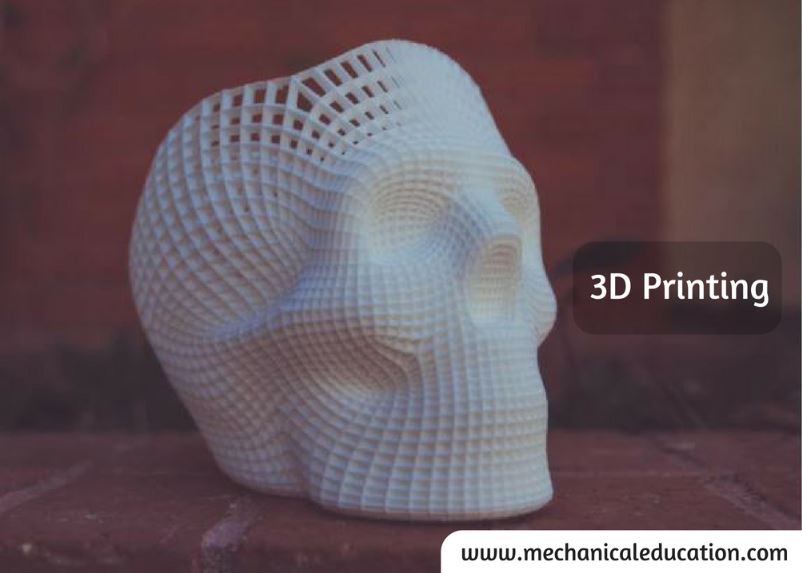Laser beam welding is a welding technique that uses a high-energy laser beam to join two materials together. Here are some common applications of laser beam welding:
- Automotive industry: Laser beam welding is used in the automotive industry to join various parts of a car together such as body panels, exhaust systems, and suspension components.
- Aerospace industry: Laser beam welding is used extensively in the aerospace industry to join parts of aircraft together such as engine components, wings, and fuselages.
- Electronics industry: Laser beam welding is used in the electronics industry to join parts of electronic devices together such as wires, connectors, and sensors.
- Medical industry: Laser beam welding is used in the medical industry to join small and delicate parts of medical devices together such as surgical instruments, implants, and catheters.
- Jewelry industry: Laser beam welding is used in the jewelry industry to join small and intricate pieces of metal together such as chains, rings, and earrings.
Overall, laser beam welding is a versatile and precise welding technique that is used in a variety of industries where high-quality welds and accuracy are required. Its ability to weld thin and delicate materials with minimal distortion makes it a popular choice for many different applications.
Frequently Asked Questions
1. What is laser beam welding, and how does it differ from other welding techniques?
Laser beam welding is a welding process that uses a highly focused laser beam to join metals. It differs from traditional welding methods by its precision and the minimal heat-affected zone it produces.
2. In which industries is laser beam welding commonly used?
Laser beam welding finds extensive applications in industries such as automotive, aerospace, electronics, medical device manufacturing, and jewelry manufacturing due to its ability to provide high precision and weld complex geometries.
3. How does laser beam welding contribute to minimizing heat-affected zones in welded materials?
Laser beam welding minimizes heat-affected zones by delivering focused and intense energy to a small area, resulting in rapid heating and cooling. This reduces the impact on surrounding material and minimizes distortion.
4. Can laser beam welding be used for welding dissimilar metals?
Yes, laser beam welding is suitable for welding dissimilar metals. Its focused and precise energy delivery allows for the welding of materials with different thermal properties and melting points.
5. What types of joints can be created using laser beam welding?
Laser beam welding can produce a variety of joints, including butt joints, lap joints, fillet joints, and even complex 3D joints. Its versatility makes it suitable for diverse welding applications.
6. Is laser beam welding suitable for high-volume production?
Laser beam welding is suitable for both low-volume and high-volume production. While initial equipment costs may be higher, the process’s speed, precision, and automation capabilities contribute to its efficiency in high-volume manufacturing.
7. How does laser beam welding contribute to the welding of thin materials?
Laser beam welding is well-suited for welding thin materials due to its focused and controllable energy delivery. The process minimizes the risk of burn-through and allows for the welding of delicate components.
8. What types of lasers are commonly used in laser beam welding?
Commonly used lasers in laser beam welding include solid-state lasers, fiber lasers, and CO2 lasers. The choice of laser depends on the application’s requirements, such as power, wavelength, and beam quality.
9. How is laser beam welding applied in additive manufacturing or 3D printing?
Laser beam welding is used in additive manufacturing to selectively melt and fuse powdered or wire feedstock layer by layer, building up complex 3D structures. This process is commonly known as laser powder bed fusion.
10. What safety considerations are important in laser beam welding?
Safety considerations include the use of protective eyewear, proper ventilation, and ensuring that operators are trained to handle laser equipment safely. Controlling and containing the laser beam to prevent accidental exposure is crucial for safe operation.




